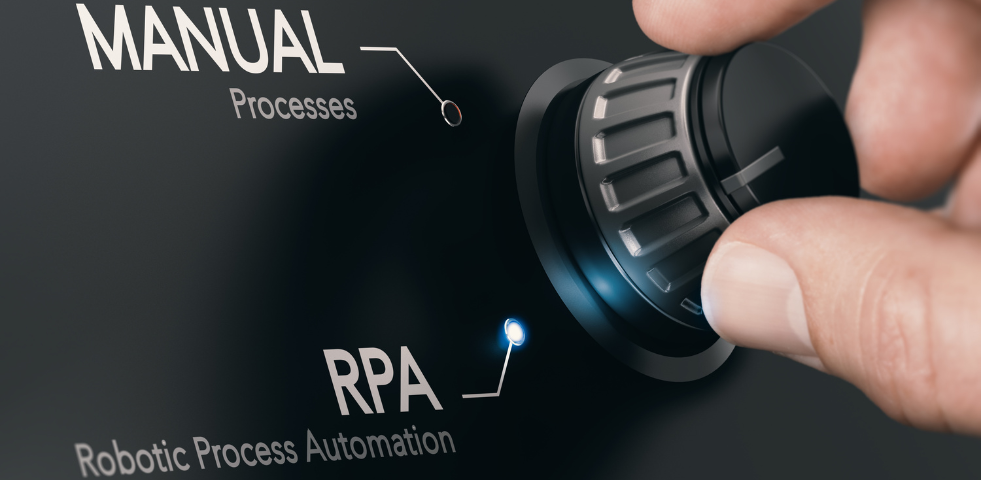Robotic Process Automation (RPA) is a disruptive technology that transforms the way companies do business. By automating rule-based, repetitive processes, companies achieve high return-on-investment through increased productivity, enhanced accuracy, and faster customer response times. Automation executes many unpleasant and tedious workload tasks while also improving employee satisfaction and retention rates.
RPA creates incredible opportunities for streamlining businesses of all sizes and industries. But there are some common misconceptions about what this technology can and cannot do. Let’s look at some common myths:
- RPA replaces or eliminates human workers.
RPA does not replace humans! Think of process automation as the opportunity to provide human workers with a digital assistant. Freeing up your talented staff to focus on generating ideas, contributing forward thinking solutions, and acting as leaders, mentors, and collaborators can propel your business toward new goals. Automation can also be more accurate and keep processes running 24/7, nights and weekends. Process automation is not designed to replace human workers, rather to enhance the role and value of human workers.
- It’s too expensive for SMBs.
RPA technology first emerged about 20 years ago. In its early stages, it was very costly for small to mid-sized businesses and mostly accessible by only the largest global companies. Today, almost 100% of Fortune 500 Companies have enterprise-scale automation programs. But the emergence of many competitors in the software market has driven down the price and expanded the availability of a variety of specialized software tools, many of which are uniquely created for SMBs. There is now an abundance of data, use cases, and lessons learned to empower SMBs to take advantage of process automation!
- It’s a plug-and-play magic wand.
Unfortunately, this is not true. Process automation requires a level of conscientious adoption, thoughtful implementation, and ongoing maintenance. It is not a one-time download or plug-and-play solution. It requires strategic planning and energy, monitoring, and updating to maximize benefits in any organization. Despite these needs, it is still a great investment and can achieve dramatic ROI in a very short timeframe.
- Your office will be filled with robots.
Robotic Process Automation has nothing to do with “robots” as we imagine them from books and movies! It does not involve the type of physical, mechanical robotics at-work in manufacturing. Think of “robot” as a symbol that has been adopted for the technology as a whole. RPA is really just a customized piece of software configured to copy and mimic a sequence of human actions that are automatically performed on a computer with or without a prompt.
- RPA Implementation is an easy DIY.
An effective process automation plan for your organization requires business consulting expertise, strategic planning, and careful governance. It is possible to launch RPA in your organization if your employees have the skillset to create their own automations as needed. But this becomes difficult to manage, optimize, and scale organization-wide. In addition, RPA software tools typically require knowledge and expertise from developers that specialize in automation.
Elevate your business with Greentree Process Automation — RPA powered by Greentree’s full scope of business consulting expertise.
Learn more about how process automation can propel your business forward by scheduling a free consultation with our RPA team or calling 937-490-5500.
Share this Post

